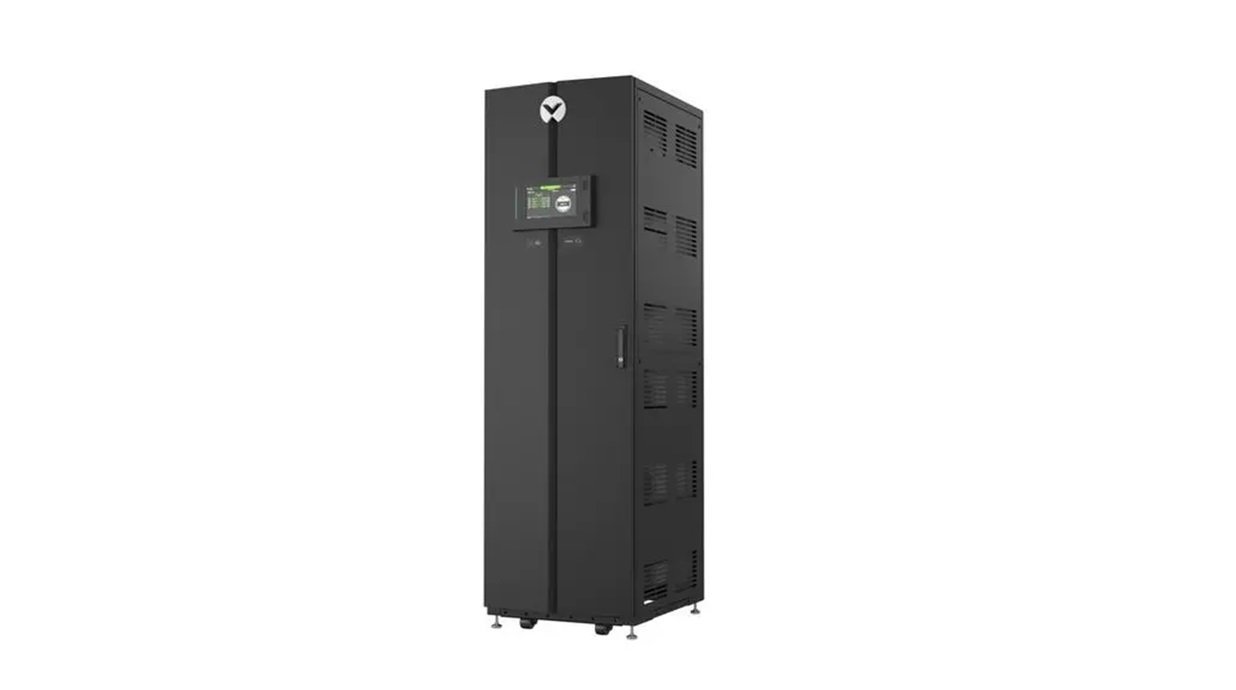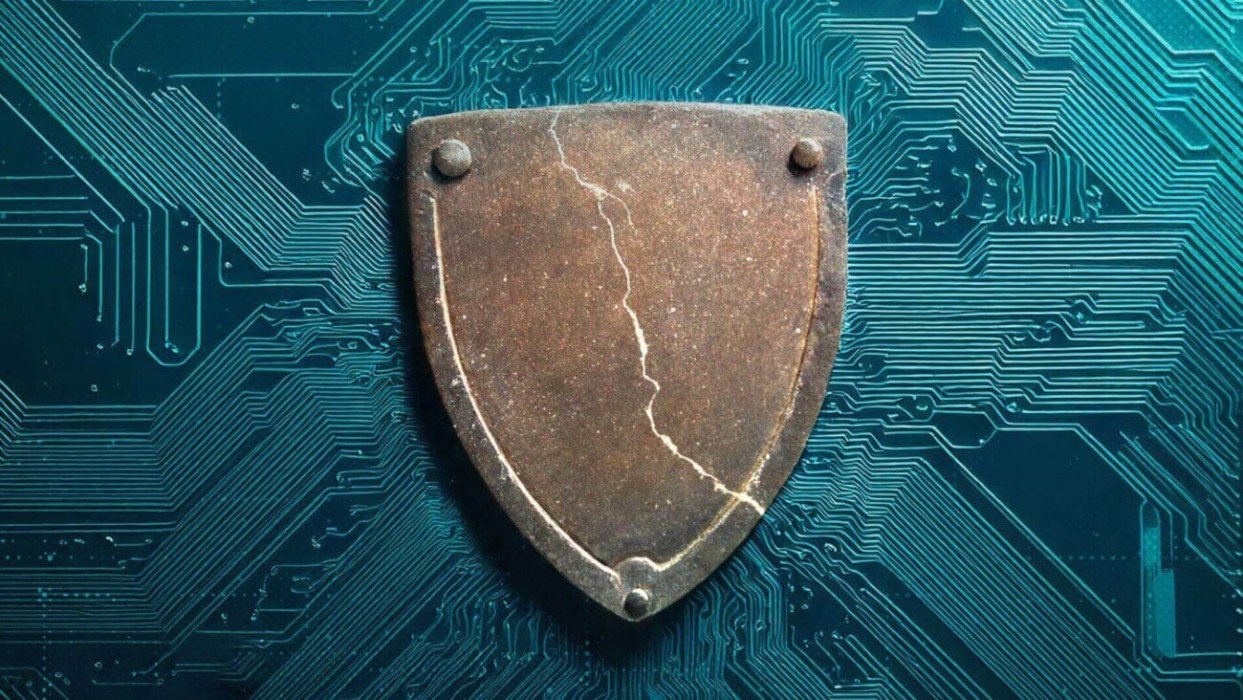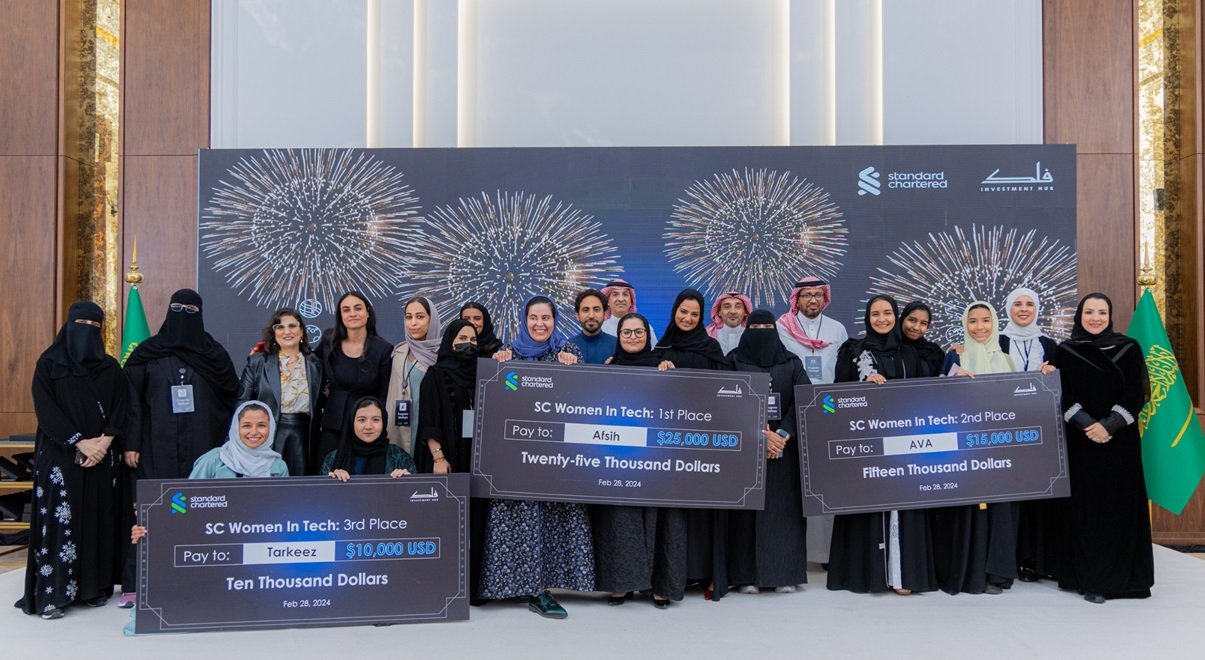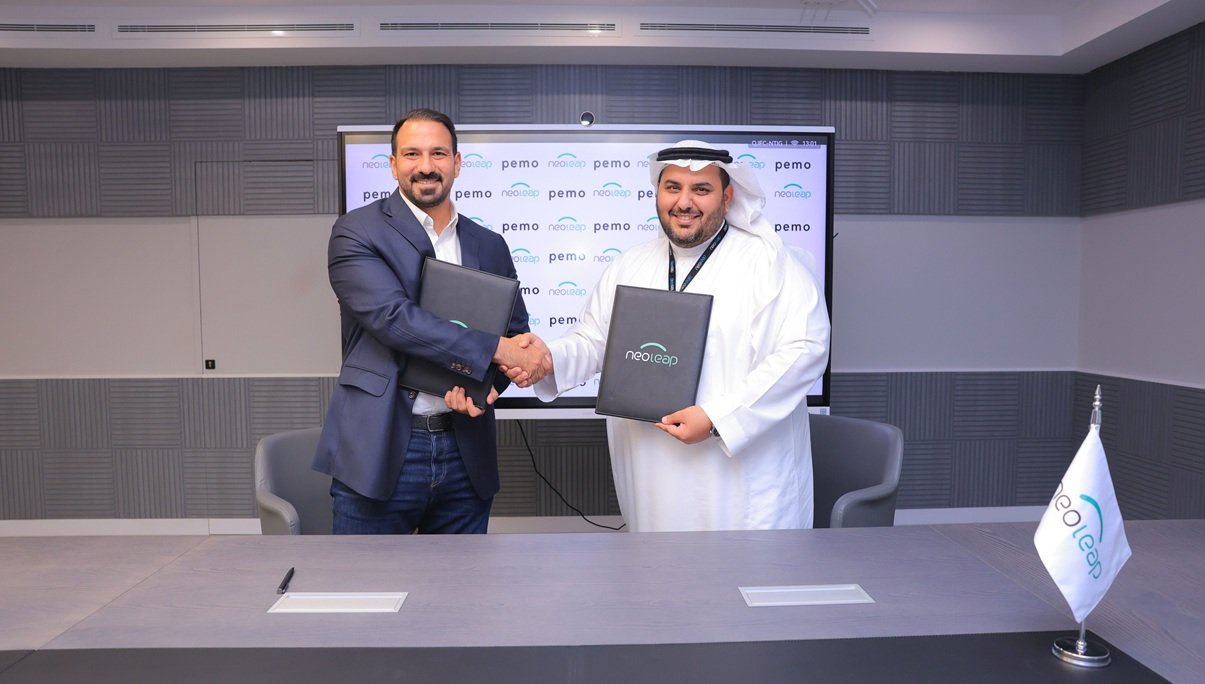Vertiv today introduced Vertiv EnergyCore battery cabinets. Factory assembled with LFP (Lithium-Iron-Phosphate) battery modules and Vertiv’s internally-powered battery management system, Vertiv EnergyCore cabinets are available globally and are qualified for use with most current and legacy three-phase Vertiv uninterruptible power supply (UPS) systems, including the recently launched Vertiv Trinergy.
Vertiv EnergyCore cabinets are optimized for five minutes end-of-life runtime at 263kWb per each compact, 24” wide (600mm) cabinet, and operate across a wide temperature range, making them suitable for high-density environments. Lithium batteries are more compact and lighter than VRLA alternatives, allowing users to deploy fewer battery cabinets in most applications. An internal two-hole lug eliminates the need for a conduit box, and the cabinets require no on-site external control wiring, reducing deployment time and cost compared to traditional on-site assembly. The cabinets are equipped with Vertiv’s intuitive interactive touch screen HMI display to provide visibility and control of the cabinet, operating system, and the installed batteries.
The integrated battery management system is powered by the Vertiv EnergyCore batteries, removing the requirement for an external power source and simplifying installation. It provides lifetime onboard data storage, tracking performance over battery charge-discharge cycles, service events, and enabling accurate state-of-health reports that can be used for warranty support and predictive analytics. Remote battery monitoring is available via Vertiv Alber Battery Xplorer Enterprise.
“The proliferation of artificial intelligence and other high-performance computing applications is putting a premium on the ability to deliver more power in smaller, hotter spaces,” said Milind Paranjape, vice president of energy storage at Vertiv. “With our Vertiv EnergyCore battery cabinets, we are delivering exactly what our customers and our industry need – compact, high power energy storage capable of operating safely and optimally. Simply put, these battery cabinets are designed for the emerging mission-critical needs of high-density computing environments.”
The modular design of Vertiv Trinergy allows each UPS core to be paired with dedicated Vertiv EnergyCore battery cabinets in a distributed architecture, enabling uninterrupted service for critical applications. Due to the power density of the Vertiv EnergyCore design, only two lithium-ion battery cabinets are needed to support each 500kW Trinergy UPS core, versus the three cabinets that are required by most suppliers.
Vertiv EnergyCore is UL 1973 listed and has been successfully tested for compliance to UL 9540A standard for protection against thermal runaway fire propagation in battery energy storage systems, which, according to NFPA 855 ESS installation standards, means the three feet (92cm) spacing requirements between racks can be waived by the Authorities Having Jurisdiction. This can save space and speed deployment.











